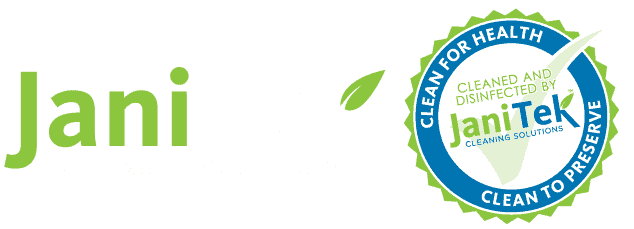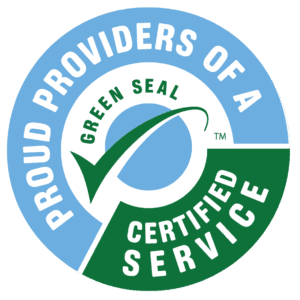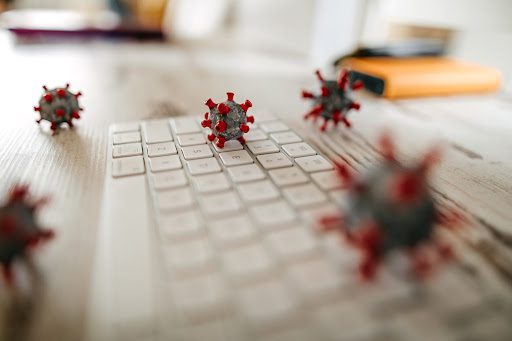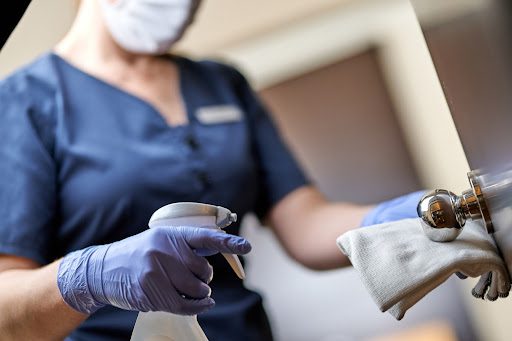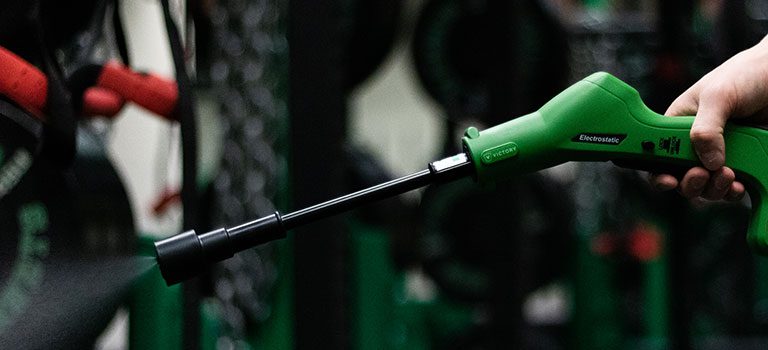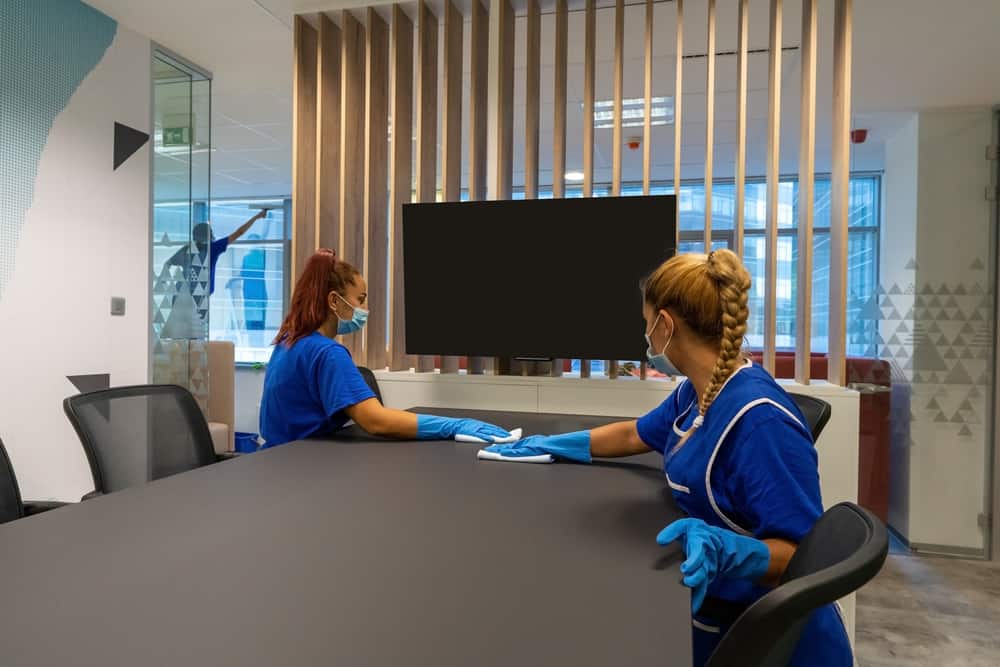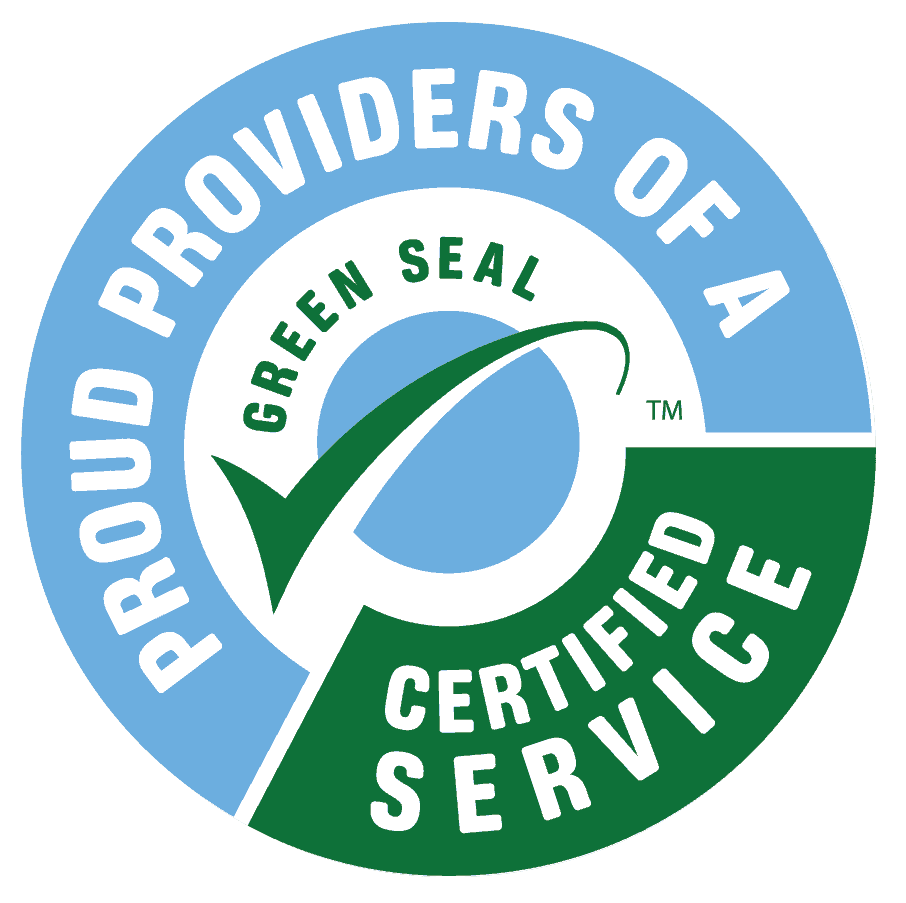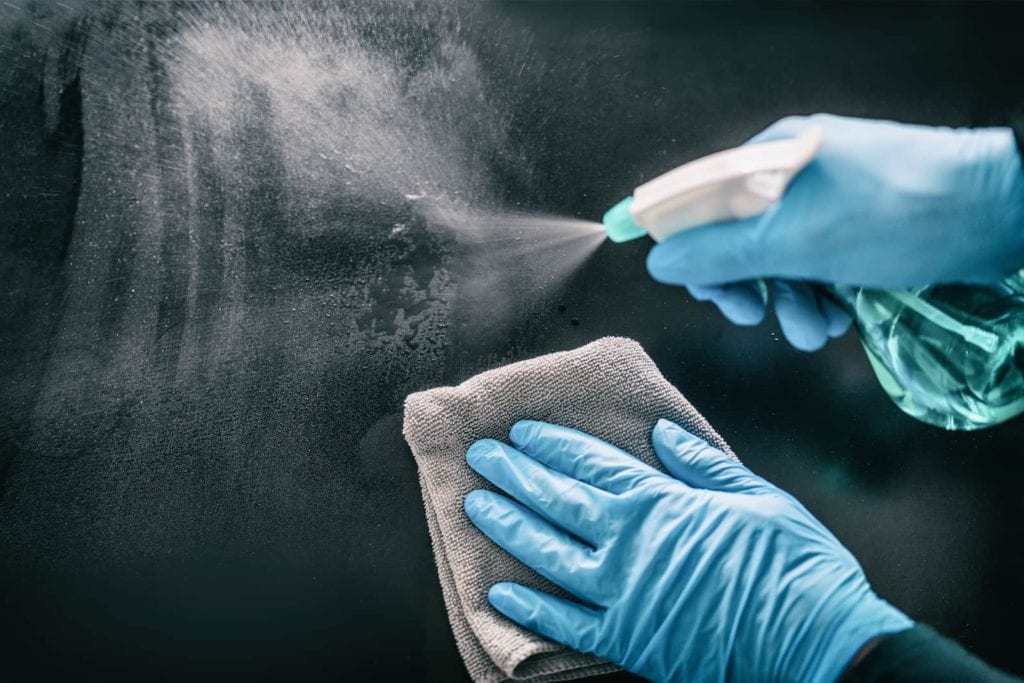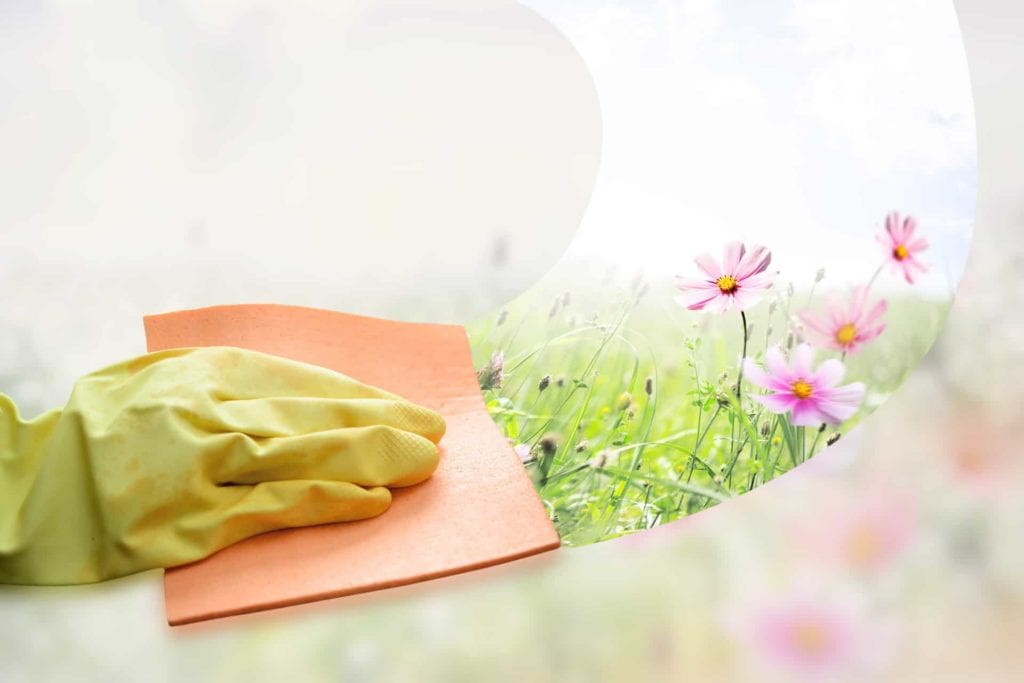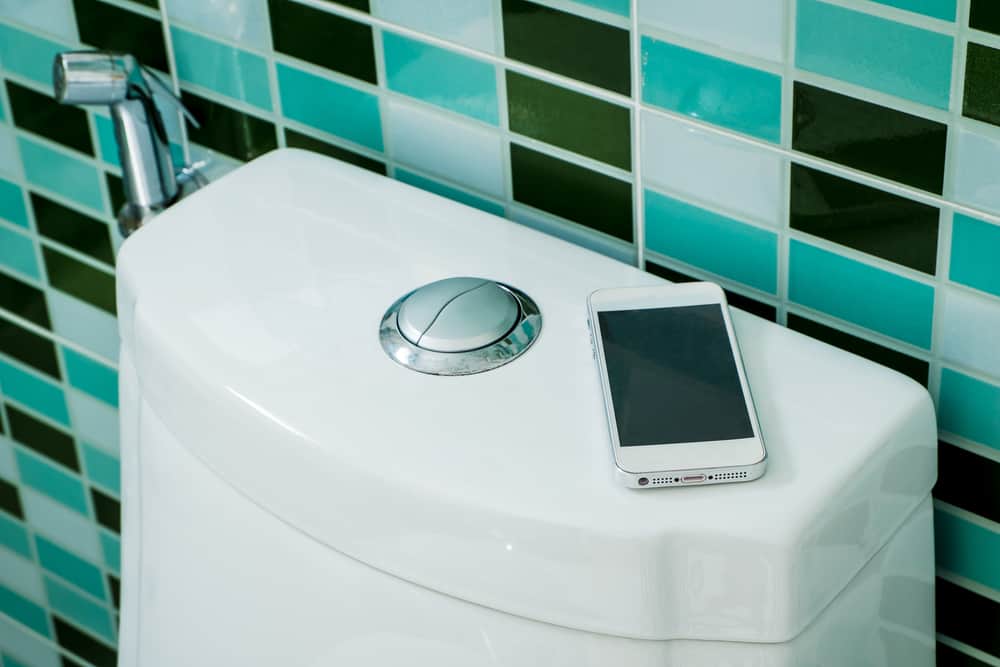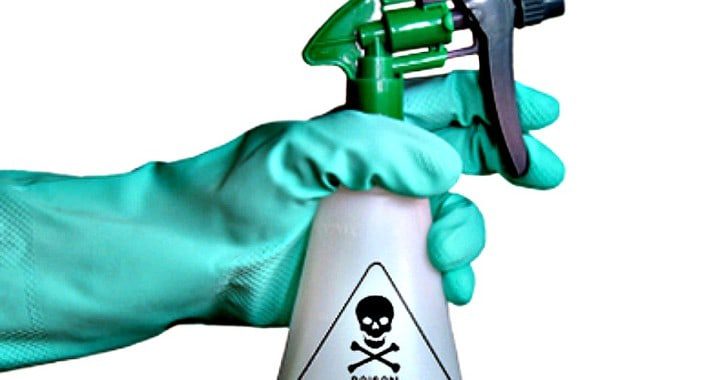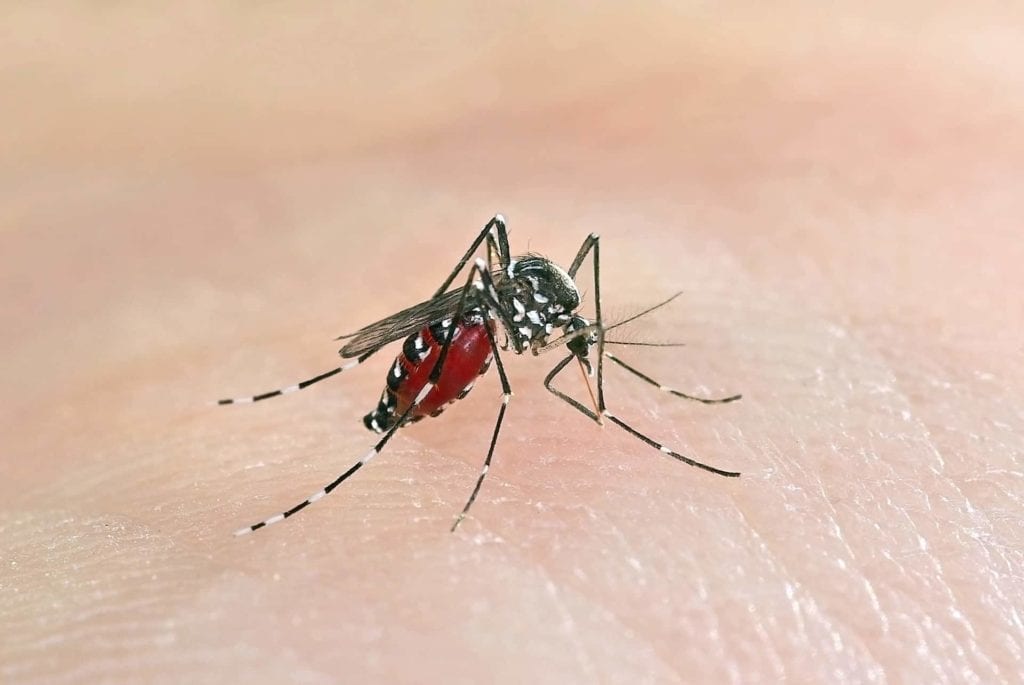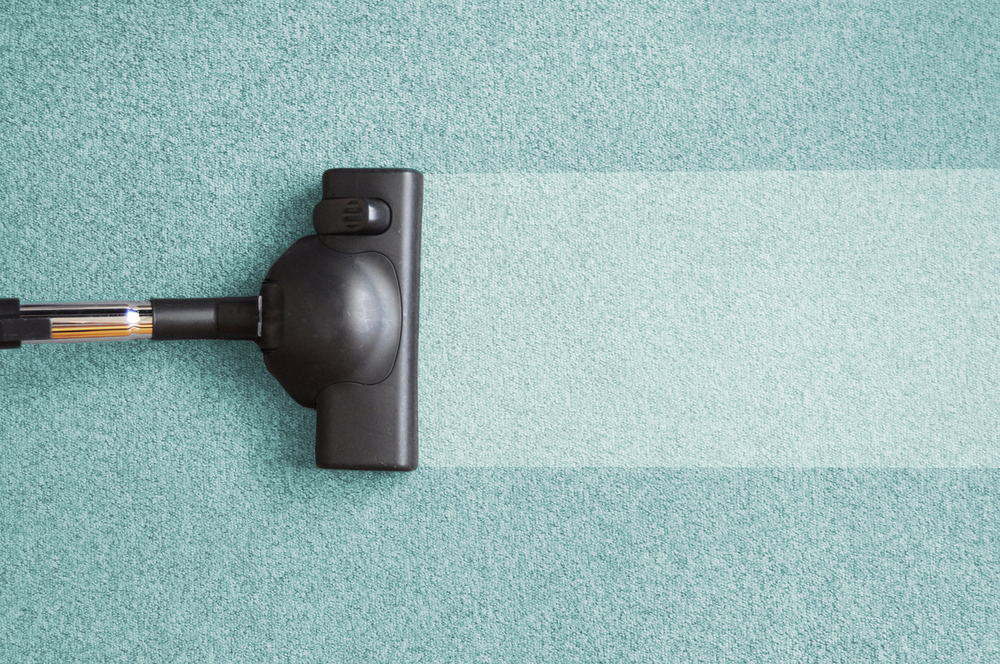Just like cleansers, the tools that are used when cleaning are paramount to the overall quality of work. At JaniTek, we use microfiber technology to ensure the most thorough clean, every time.
About Microfiber
The microfiber cloths in the JaniTek line are constructed from a combination of polyester and polyamide fibers. During their manufacturing, they are extruded in the same manner as other synthetic fibers, however, their strength enables them to form filaments of uniquely tiny diameters equal to less than 1/100th the thickness of the average human hair! Some of these fibers are split even further to form a core surrounded by wedge-shaped sections of even tinier dimensions. This tiny fiber provides an unusually high surface area. High surface area means that a higher percentage of actual fiber is able to come into contact with the soil and the substrate being cleaned. This enables the cloth to grab and attract the soil. This benefit is immediately noticeable. Simply while holding the cloth one can feel a “tackiness” or “drag” between the towel and one’s hand. This same “feel” is transferred over to soiled surfaces being cleaned. The fibers have a natural affinity for the soil on the surface being cleaned. This affinity is not much unlike the chemical affinity of detergent for a soil.
Microfiber also has a net positive electrostatic charge that attracts soil, which has an opposite negative charge. This also helps in removing soil as there is an actual magnetic affinity between the Microfiber and the soil.
Color Coding
JaniTek uses 3 colors so cross-contamination does not occur. Red for restroom flushables, blue and green for all other areas.
Microfiber Advantages
Because of their unique attraction to soil, cleaning with microfiber cloths requires less cleaning agents. They are of particular benefit in situations where soil is not “stuck” to a surface, such as dusting. Even when soil is “stuck” to a surface, in many cases, the combination of simply water and the detergent-like properties of the cloth will suffice to break the surface-soil bond and facilitate cleaning. In the final analysis, less cleaning agent and less labor will be required in performing cleaning tasks
How they can be used:
Some of the most common applications for the microfiber cloths are dusting, window and mirror cleaning, and general hard surface cleaning. Procedures for their use are as follows:
Dusting – Simply dust surfaces as one would with a dust cloth using the cleaning agent on a dampened cloth. When the cloth becomes soiled, simply rinse, wring, and resume.
Mirror, Window and Chrome Cleaning – Saturate the microfiber cloth with water and wring it out until it is damp. The cleaning agent or disinfectant can be applied if the surface is dirty or disinfecting is required. Wipe the mirror, window, or chrome thoroughly. A haze consisting of very fine water droplets may appear. Allow the haze to dry. The window, mirror or chrome fixture should soon dry haze and streak-free. The presence of streaks indicates the presence of soil. Make sure the cloth is properly rinsed and wrung. Extremely dirty surfaces may require more than one cleaning. Simply clean once, rinse and wring the cloth and clean again.
Flushable Fixtures Cleaning – The RED FOR RESTROOMS microfiber cloth can be used for cleaning urinals, toilets, and flushable fixtures. However, a cloth that is used on urinals or toilets should not be used on other surfaces, hence the introduction of the red cloth for restroom flushables.
When cleaning hard surfaces, use the red microfiber cloth and the disinfecting cleaner. In cases where soil is particularly difficult to remove, pre-spraying the surface with the disinfectant may be recommended.
As excessive soil builds up during use, simply rinse and wring out the cloth and resume work. (rinse, wring, resume).
